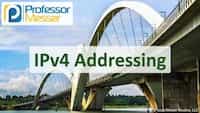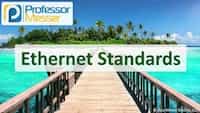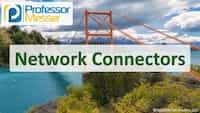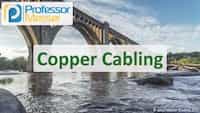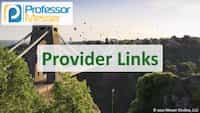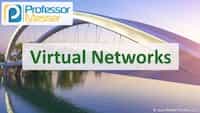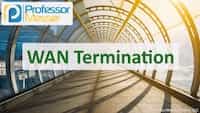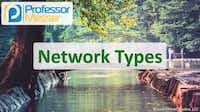IPv4 Addressing – N10-008 CompTIA Network+ : 1.4
The IP addressing process can be statically configured or automatically assigned. In this video, you’ll learn about the components of an IP address, special IP addresses, DHCP addressing, and APIPA configurations. << Previous Video: Binary Math Next: Network Address Translation >> If you’re configuring IPv4 on a computer, then you need to configure three very […]
IPv4 Addressing – N10-008 CompTIA Network+ : 1.4 Read More »

